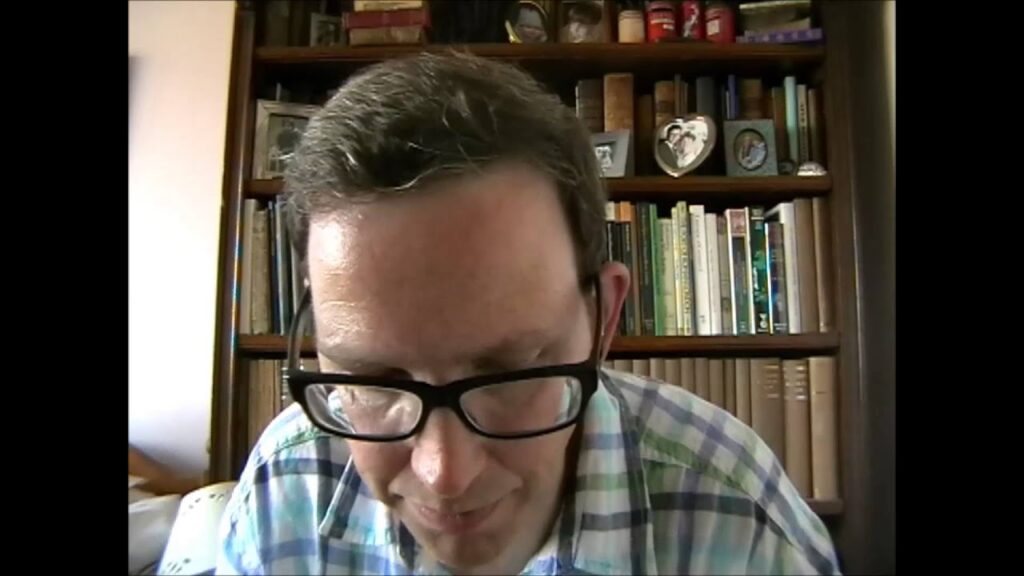Medieval pottery and how to identify it in the field, illustrated with pieces found while mudlarking in the River Thames at London.


Medieval pottery and how to identify it in the field, illustrated with pieces found while mudlarking in the River Thames at London.
nice finds!!
Succinct and informative, thank you!
Great video with great depth of field focus.
thank you, David.
At 3.38 that sherd is Cistercian 1450-1550
thank you
Any idea what the glaze formula they used was?
A number of possible different lead based starting materials for making lead glazes existed in the Medieval period, including galena (lead sulphide), litharge (lead oxide), metallic lead and white lead (a mixture of lead hydroxide and lead carbonate.) Firing the glaze causes a reaction between the surface layers of the body and the lead compound, fusing them into a glass like material, and simultaneous penetration of some of the molten glaze into the underlying surface of the pot. Where a coloured glaze is intended it is necessary to introduce a proportion of metallic elements which will render the glaze coloured, in the Medieval period typically copper, iron or manganese, often singly but occasionally in combination.
@Richard Hemery Pretty low fired stuff until they figured out high firing from the east. Thanks.
@Deep Ashtray yes, all earthenware apart from German stoneware imports from around 1300.
So much knowledge, thank you for your time sharing.
Very interesting and informative- thanks Richard. One thing I wonder about: why the little pools of glaze around those little indentations? Are the indentations actually little stabs like those on the handles but because they’re in the body of the pot they’re glazed to seal them perhaps? Or is it not really clear why they’re present? I have a sherd with them on the very bottom of the pot where typically glaze is avoided so it won’t stick the pot to the kiln floor or next pot if they’re stacked, so it seems rather odd.
I think the indentations come from powdered lead that was added to the surface to glaze the vessels, the powder evaporates leaving a small indentation, which is then surrounded by glaze.
@Richard Hemery Thanks Richard. I would never have thought of that but I can see how it might work if one’s glaze bench is a bit messy- bits on benchtop or whatever just getting stuck in places. That makes more sense than my only idea 😉 And if you’d like a suggestion for a future video, I’d love to know what references you’d recommend- books, websites, etc. I’m specifically interested in catalogues with diagrams and, most importantly, dimensions. The photos on the BM and MOL sites, to name two, are great, but are usually angled and aren’t ideal for studying details. Much appreciated again.
Sherd or shard
Good stuff
Big thank you for the heads up. The other day after a storm I went to the loughour estuary with wife & kid and found a literal bootload of pottery. I had to take the misses and kid home in the end due to the amount of stuff visible on the low tide and the fact they got so bored. The coast line where I was was heavily used by romans Norman’s Celts etc so yeh cheers for the vid it has narrowed a lot of my finds down for me. I also found some pottery that was bizzare, red clayware with a brown black glaze, it’s smashed with only the bottom remaining it is stamped on the bottom but I can’t see any letters, the stamp is a just a rectangle, internally and externally it seems it is glazed but the extreme external bottom bit and a small bit of the external piece going upward where the glaze starts is redish clay, no chunks of shell tho . The Contents were upside down when found had a massive tooth, rib bone off a horse or cow & an oyster it was all stuck to it in a mass of sand and dirt etc, after pulling it all apart from the sand i think the oyster is still there inside the shell or it could be sand, either way cheers for vloggong. will be checking more of your vids out because I got so much stuff to get to the archeologist I just want to know what’s good or not that good before I take them for evaluation with g&g archeological trust. Legend pal 👍
Thank you Josh!
Thankyou for sharing your knowledge with us….. for me its the items were personal and belonged to someone….
Thank you, a nice connection with the past, as you say.